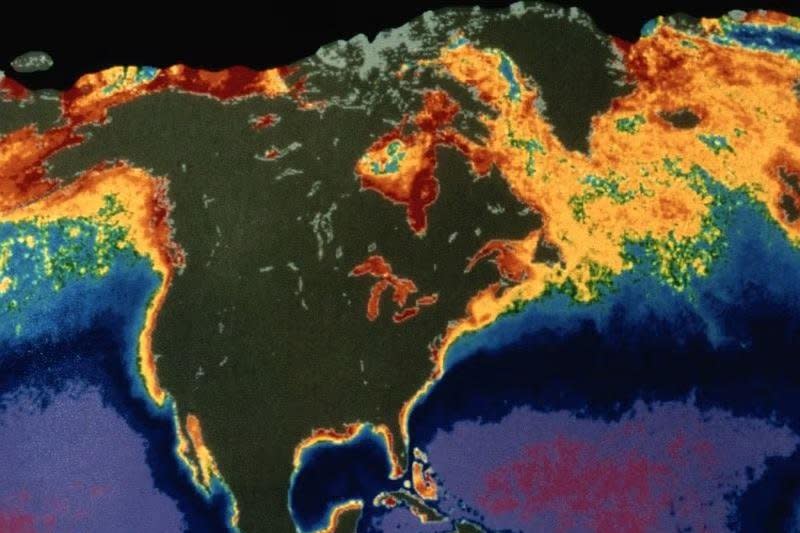Summer of 2023 was hottest in two millennia

High temperatures across the Northern Hemisphere last summer were scorching and frequent enough to make it the hottest summer in two millennia, new research shows.
Weather records based on scientific instruments only goes back as far as 1850, noted researchers at Cambridge University in England. That data already had confirmed the summer of 2023 as the hottest ever recorded.
However, the Cambridge crew turned to tree ring data to reach back 2,000 years and last summer was still the hottest over that entire period of time.
"When you look at the long sweep of history, you can see just how dramatic recent global warming is," said study co-author Ulf Büntgen, a professor of geography at Cambridge. "2023 was an exceptionally hot year, and this trend will continue unless we reduce greenhouse gas emissions dramatically."
His team published its findings Tuesday in the journal Nature.
As Büntgen's group explained, it can be easy for climate change skeptics to criticize "hottest year ever" claims if records don't go further back than 1850.
"Many of the conversations we have around global warming are tied to a baseline temperature from the mid-19th century, but why is this the baseline? What is normal, in the context of a constantly changing climate, when we've only got 150 years of meteorological measurements?" Büntgen noted in a Cambridge news release.
"Only when we look at climate reconstructions [from much deeper into the past] can we better account for natural variability and put recent anthropogenic climate change into context," he said.
To help reach farther back into the past, Büntgen's group compared known instrumental data on weather against tree ring growth patterns for the same years.
They found that reading tree rings was accurate in spotting weather trends.
For example, tree ring changes accurately reflected the "Little Antique Ice Age" cooling period of the 6th century, as well as the Little Ice Age of the early 19th century. These cooling periods typically follow large volcanic eruptions, which spew ash and other contaminants into the atmosphere, cooling the Earth down.
In contrast, the Northern Hemisphere heats up during El Niño weather changes, which was also recorded on tree rings.
"It's true that the climate is always changing, but the warming in 2023, caused by greenhouse gases, is additionally amplified by El Niño conditions, so we end up with longer and more severe heat waves and extended periods of drought," said study lead author Jan Esper, of Johannes Gutenberg University Mainz in Germany. "When you look at the big picture, it shows just how urgent it is that we reduce greenhouse gas emissions immediately."
The study also found that in the Northern Hemisphere, the 2015 Paris Agreement to limit warming to 1.5 degrees Celsius above pre-industrial levels has already been surpassed.
Because the current El Niño period isn't expected to subside until well into this summer, the summer of 2024 could also be a record-breaker, the researchers said.
More information
Find out more about climate change at the Environmental Defense Fund.
Copyright © 2024 HealthDay. All rights reserved.


